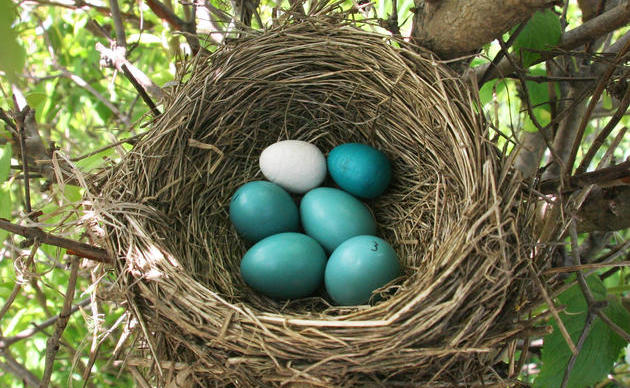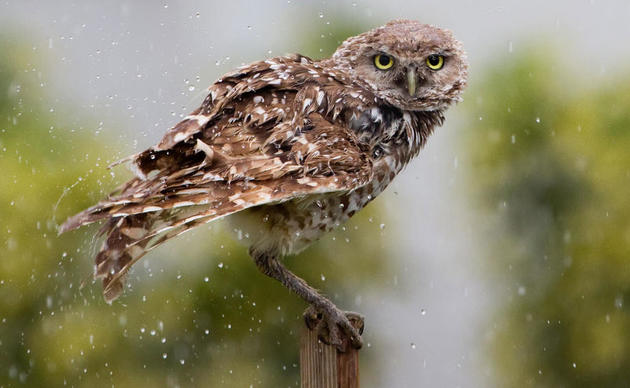Each year 365 million to one billion birds are estimated to fly into windows and other types of glass surfaces in the United States. Similar numbers of collisions with glass are also occurring in other countries throughout the world. Unfortunately most of the birds that collide with glass die from their injuries. As a result, bird-window collisions have become one of the leading causes of bird mortality and species declines in the world today. This problem affects birds throughout the state of Pennsylvania, including the enormous numbers of migratory birds that pass through the state (which is located on a heavily used portion of the Atlantic Flyway).
This fall one of our most dedicated volunteers, Stephen Maciejewski is conducting a monitoring study about bird-window collisions in downtown Philadelphia. Stephen also participated in a three year monitoring study of window collisions that Audubon conducted in collaboration with the Philadelphia Zoo, the Academy of Natural Sciences and Temple University from 2008-2011.
Because most collisions in the study area occur before sunrise, monitoring is performed each day from 5:30 AM to 8 AM in order to find the many dead or injured birds that would otherwise get swept or vacuumed up by maintenance crews that begin cleaning downtown streets as early as 6 AM. During the first 21 days of this fall’s study (September 1 – 21), Stephen found over 60 dead and injured birds representing the following 24 species.
| Common Gallinule (tentative ID on inaccessible ledge) |
Northern Waterthrush |
| Unidentified Rail | Black-and-white Warbler |
| Yellow-billed Cuckoo | Tennessee Warbler |
| Willow or Alder Flycatcher | Connecticut Warbler |
| Eastern Wood-Pewee | Common Yellowthroat |
| Red-eyed Vireo | American Redstart |
| Brown Creeper | Northern Parula |
| House Wren | Magnolia Warbler |
| Marsh Wren | Blackburnian Warbler |
| Carolina Wren | Blackpoll Warbler |
| American Robin | Black-throated Blue Warbler |
| Gray Catbird | Scarlet Tanager |
Unfortunately, the birds found so far only represent a fraction of the collisions that have occurred in the area. This is because many dead and injured birds fall onto the subroofs of tall buildings where they are inaccessible, while others are swept up by maintenance crews, or they fly away injured only to die later in other locations. The information collected this fall will help further our understanding of how bird collision patterns in the study area may have changed since 2011, and it will inform us about how birds are interacting with recently constructed buildings that were not present in 2011.
Audubon Pennsylvania has used the information gained from these and other window collision monitoring studies to help produce educational materials, exhibits, and presentations about bird-window collision and to help building owners treat collision prone buildings with collision preventing window treatments and strategies.
This focus on collisions and other threats birds face in cities has been integral to Audubon's work as part of the the Urban Bird Treaty Program (UBT). Through this, Audubon and partners in Phildelphia have increased the amount of early successional habitat in and around the city, engaged the community in understanding and reducing hazards such as glass and lights, and have educated decision makers about the importance of city parks to migrating songbirds.
Find out more about what you can do about collisions here. If you would like to help support this work please consider making a donation to Audubon today.








